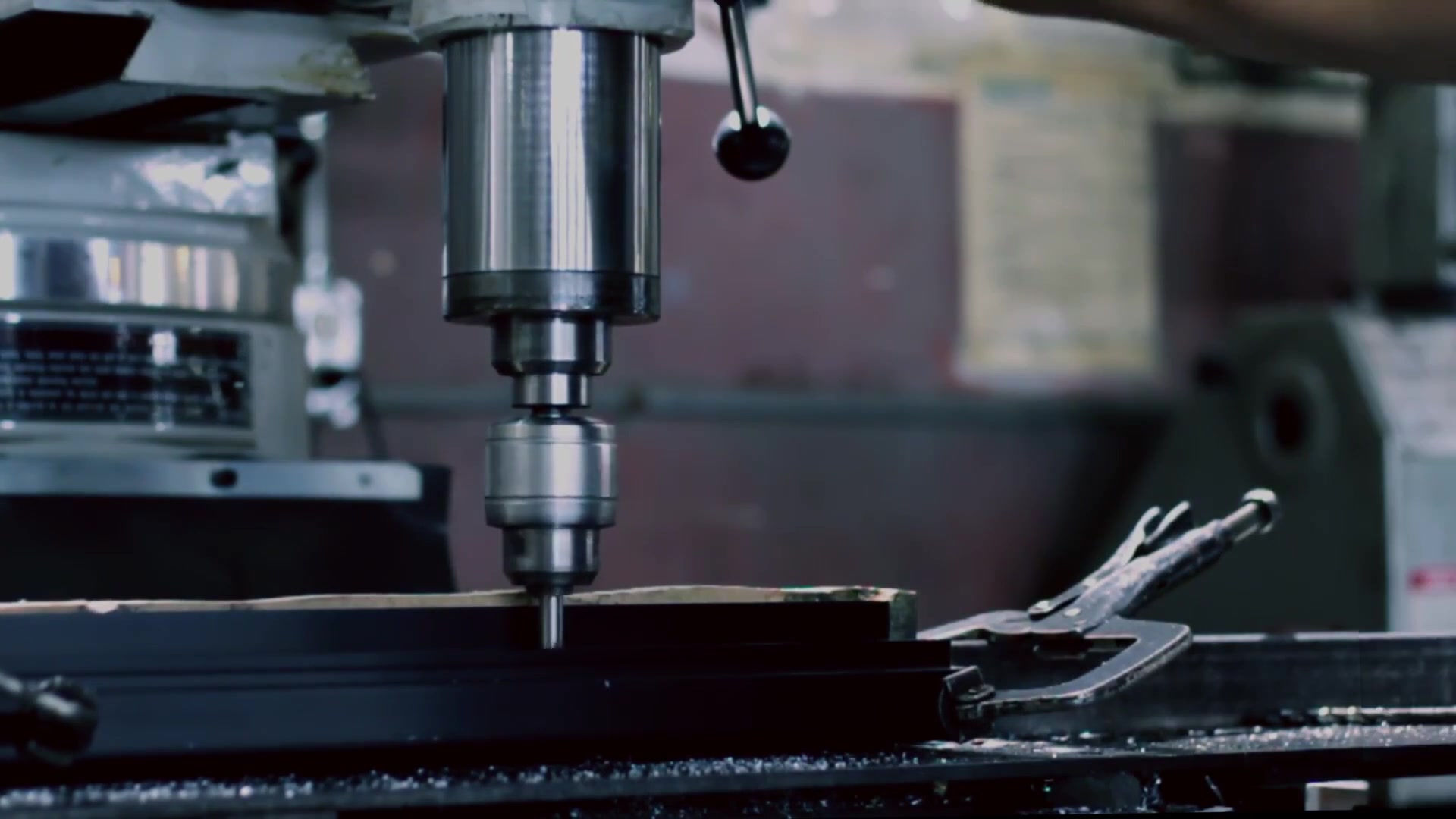
Barriers & Drivers
Barriers –
With the industry demanding faster and cheaper fashion garment makers use the methods necessary in order to meet these demands (Maher, 2015). The current situation has arisen as factories will make their operational decisions based on these demands as the business is so important to them, for example in Bangladesh fashion is the most important area of their economy (Islam et al., 2011). In addition to this 50% of industrial workforce within Bangladesh is working within this industry, this suggests that there may be a resistance to the introduction of technology within the industry as it may lead to human job losses leaving people financially unstable (Islam et al., 2011). There are immense pressures on the suppliers to produce clothes for as low a cost as possible, this could be a huge barrier to introducing this technology within the industry, especially with factories producing garments for low cost mass market goods, this indicates that this technology may initially only be accepted in factories for businesses who prioritise sustainability within their manufacturing processs (Maher, 2015).
Drivers –
The biggest driver to ensuring the end state will be the growing consumer increase and desire for ethical and sustainable garments clothes (Goody, 2017) (Sender, 2017). Consumers are becoming ever more aware of how their clothing is produced through both news and films such as ‘The true cost’
and as has been highlighted within the blog this awareness is clearly having an impact on consumers purchasing decisions (Juice Distribution, 2015). This suggests that should a business introduce this technology it would increase their competitiveness as it will give them a distinguishable advantage in the eyes of these consumers that may be willing to pay more for ethically produced goods. In addition to this garment workers within countries such as Bangladesh are beginning to fight harder to defend their rights through methods such as forming unions. This again shows that their may be some issues regarding replacing human workers with technology as it may be difficult to introduce whilst still trying to ensure workers are not left without a job (Alam, 2008). Furthermore, introducing this technology may be a conflict of interests for some businesses as although they may be introducing the technology to better their ethical and sustainable reputation, reducing the amount of workers within their factories could be seen as negatively impacting their lives thus making the business appear unethical (Alam, 2008).
The video below will shed more light on the situation for garment workers within Bangladesh...
(Thomson Reuters Foundation, 2015)